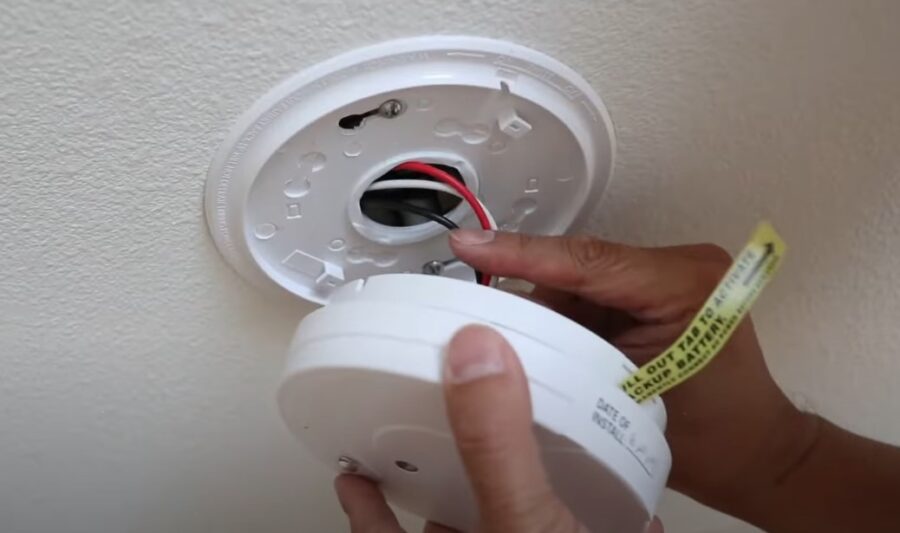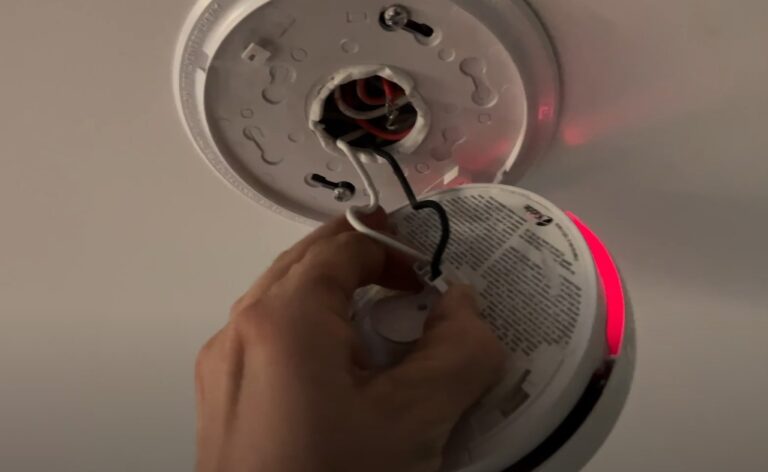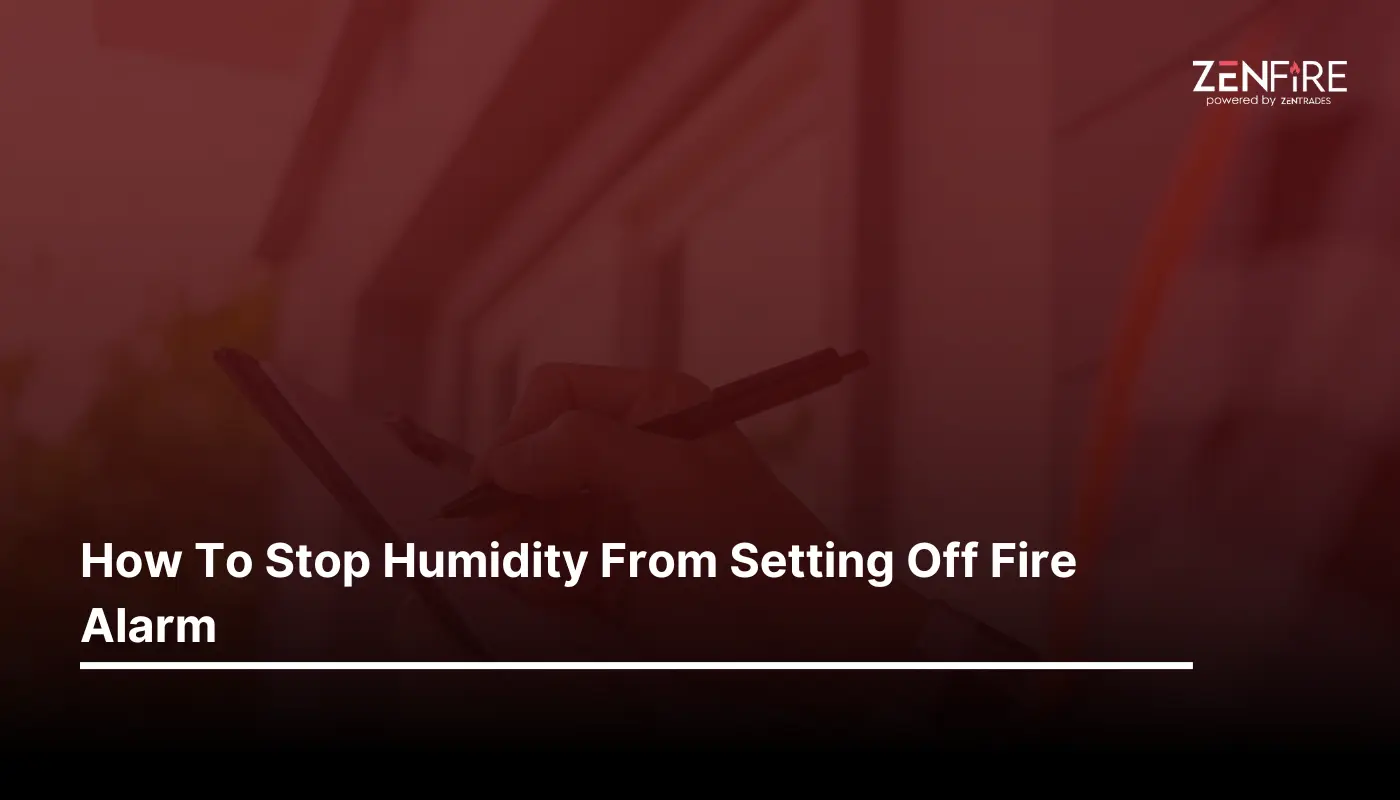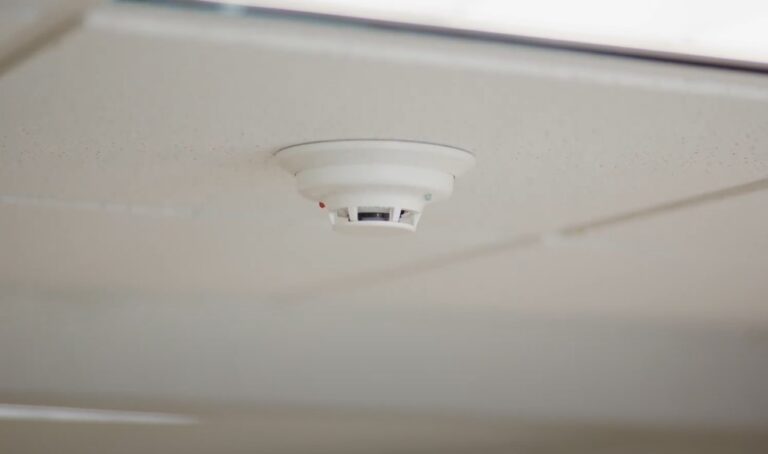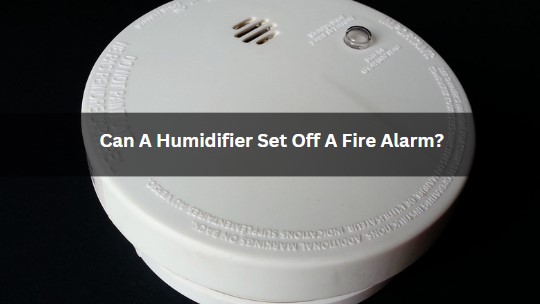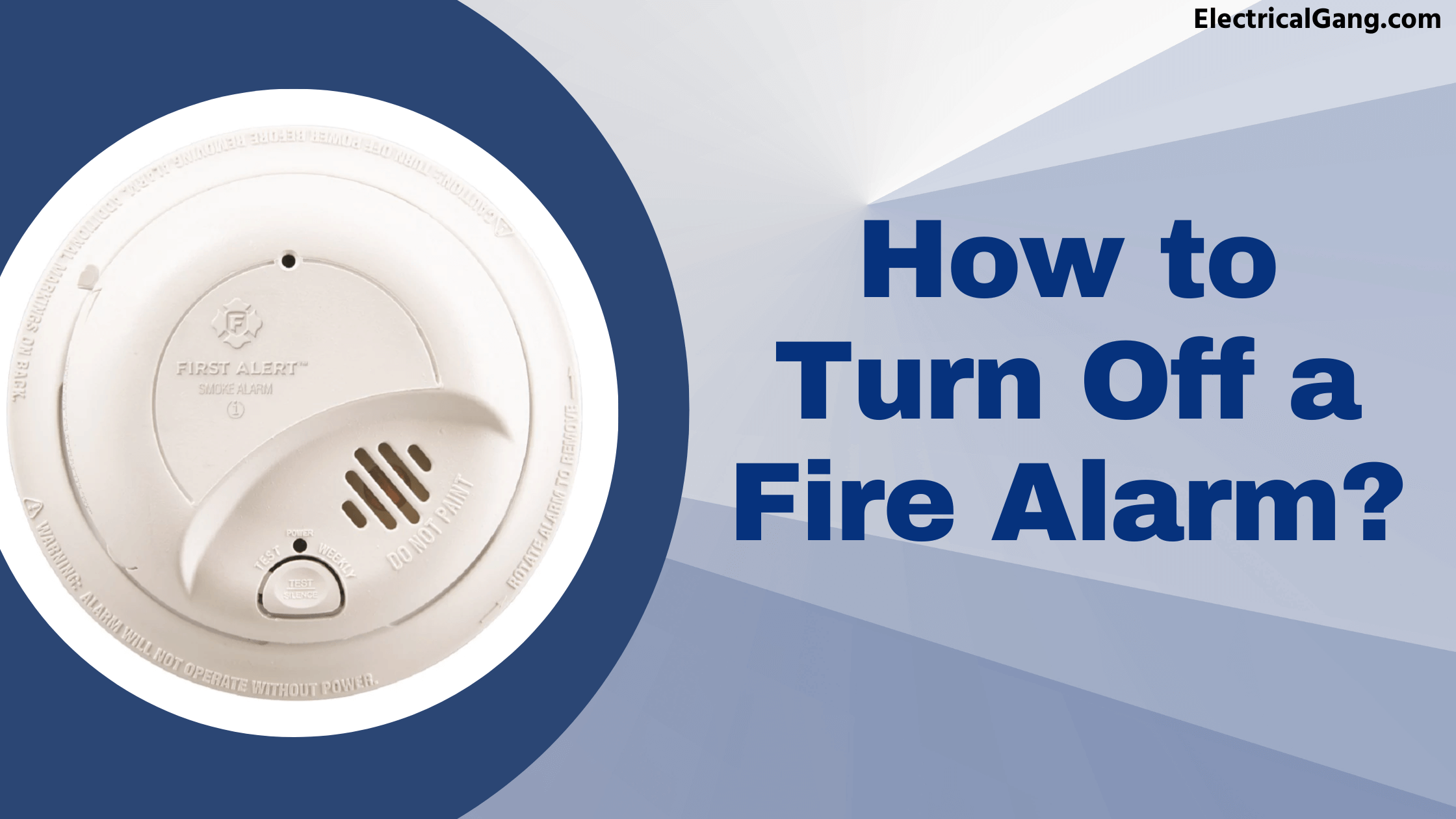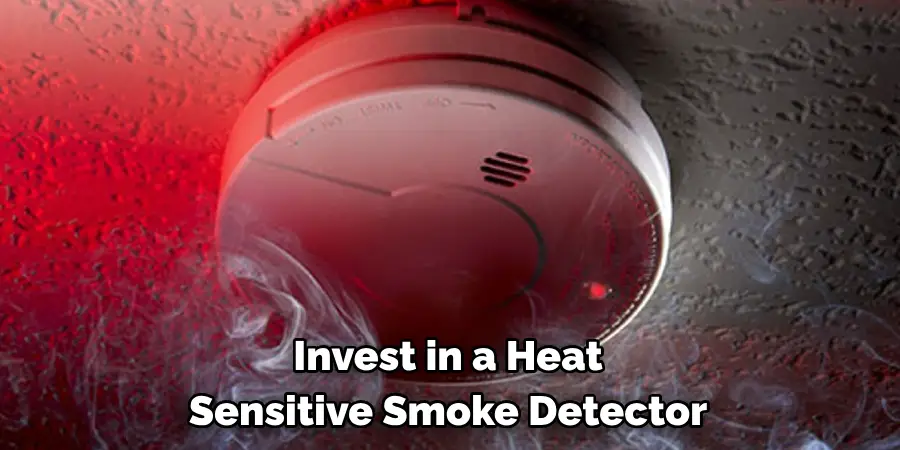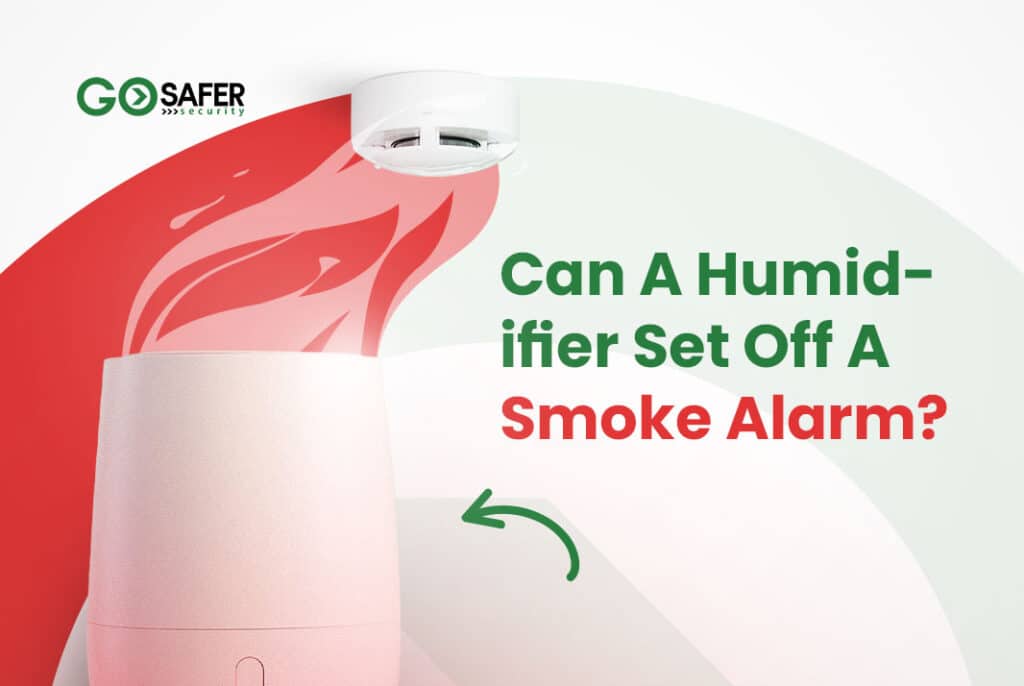How To Stop Humidity From Setting Off Fire Alarm
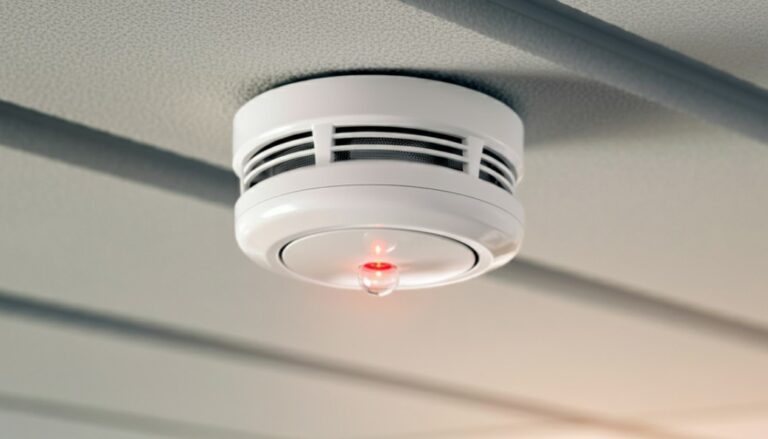
Humid air can wreak havoc in a home, leading to mold growth, uncomfortable living conditions, and even false fire alarms. While fire alarms are essential safety devices, their sensitivity to humidity can be frustrating. This guide provides homeowners, real estate investors, and contractors with practical strategies to minimize humidity-related false alarms, ensuring a safer and more comfortable living environment.
Understanding the Problem: Humidity and Fire Alarms
Fire alarms, particularly photoelectric models, are designed to detect smoke particles in the air. However, high humidity levels can sometimes cause water vapor to condense on the sensor, mimicking the presence of smoke and triggering a false alarm. This is especially common in bathrooms, kitchens, and basements, where humidity levels tend to be higher.
Types of Fire Alarms and Humidity Sensitivity
There are two main types of fire alarms:
- Ionization alarms: These alarms use radioactive material to detect smoke particles. They are generally more sensitive to small, fast-burning fires but are also more prone to false alarms from cooking fumes and steam.
- Photoelectric alarms: These alarms use a light beam to detect smoke. Smoke particles scatter the light, triggering the alarm. They are generally more effective at detecting slow, smoldering fires but can be more susceptible to false alarms caused by humidity.
Photoelectric alarms are often recommended for bedrooms and living areas due to their effectiveness in detecting smoldering fires, but their increased sensitivity to humidity should be considered. Many new alarms now are dual-sensor alarms, employing both ionization and photoelectric smoke detection.
Strategies to Prevent Humidity-Related False Alarms
Here are several strategies to minimize humidity-related false fire alarms:
1. Optimize Ventilation
Improving ventilation is crucial for reducing humidity levels, especially in moisture-prone areas.
- Use exhaust fans: Install and regularly use exhaust fans in bathrooms and kitchens to vent steam and moisture to the outside. Ensure the fans are appropriately sized for the room. A bathroom fan should have at least 1 CFM (cubic feet per minute) per square foot of room area.
- Open windows: Whenever weather permits, open windows to allow fresh air to circulate and reduce humidity.
- Ensure proper attic ventilation: A properly ventilated attic helps prevent moisture buildup. Check attic vents to ensure they are not blocked by insulation or debris.
2. Manage Moisture Sources
Identify and address potential sources of moisture in your home.
- Fix leaks: Repair any leaks in plumbing, roofs, or foundations promptly. Even small leaks can contribute significantly to humidity levels.
- Properly vent appliances: Ensure clothes dryers are properly vented to the outside. Improper venting can release large amounts of moisture into the home.
- Control indoor plants: While plants can improve air quality, excessive indoor plants can increase humidity levels. Limit the number of plants and avoid overwatering.
- Use lids when cooking: Covering pots and pans while cooking reduces the amount of steam released into the air.
3. Utilize Dehumidifiers
Dehumidifiers are effective at removing excess moisture from the air, particularly in basements and other damp areas.
- Choose the right size: Select a dehumidifier with a capacity appropriate for the size of the room or area. Refer to the manufacturer's guidelines for sizing recommendations.
- Regularly empty the water tank: Dehumidifiers collect moisture in a tank that needs to be emptied regularly. Some models offer a continuous drain option, which allows the water to be drained directly into a drain or sink.
- Maintain the dehumidifier: Clean the dehumidifier's filter regularly to ensure optimal performance.
4. Consider HVAC System Upgrades
An efficient HVAC system can play a significant role in controlling humidity levels.
- Evaluate your air conditioner: Air conditioners remove moisture from the air as part of the cooling process. Ensure your air conditioner is properly sized and functioning efficiently. Consider upgrading to a more energy-efficient model with improved dehumidification capabilities.
- Consider a whole-house dehumidifier: Whole-house dehumidifiers integrate with your HVAC system to control humidity levels throughout the entire home. These systems are more expensive than portable dehumidifiers but offer superior performance and convenience.
- Energy Recovery Ventilators (ERVs): ERVs exchange stale indoor air with fresh outdoor air while also transferring heat and moisture. This helps to maintain comfortable humidity levels and improve indoor air quality.
5. Relocate or Replace Fire Alarms
If false alarms persist despite other measures, consider relocating or replacing the problematic fire alarm.
- Relocate alarms: Move alarms away from areas prone to high humidity, such as bathrooms and kitchens. Ensure the new location still meets fire safety requirements.
- Replace alarms with newer models: Some newer fire alarms are designed to be less sensitive to humidity. Look for models specifically advertised as having reduced false alarm rates.
- Consider heat alarms: In areas like kitchens where smoke is common, consider using a heat alarm instead of a smoke alarm. Heat alarms are triggered by a rapid rise in temperature and are less susceptible to false alarms from cooking fumes or steam.
- Use dual-sensor alarms strategically: Dual-sensor (ionization and photoelectric) alarms may be more resistant to false alarms overall.
HVAC Systems and Humidity Control: Brand and Model Comparisons
When upgrading your HVAC system, consider the following brands and models known for their dehumidification capabilities:
- Carrier Infinity Series: Carrier's Infinity series offers advanced humidity control features, including variable-speed compressors and dehumidification modes. These systems are known for their high efficiency and precise temperature and humidity management.
AFUE: Up to 98.5%, SEER: Up to 24, HSPF: Up to 13
- Trane TruComfort Variable Speed Systems: Trane's TruComfort systems feature variable-speed technology that allows for precise temperature and humidity control. These systems are designed to maintain consistent comfort levels while minimizing energy consumption.
AFUE: Up to 97.3%, SEER: Up to 22, HSPF: Up to 12
- Lennox Dave Lennox Signature Collection: Lennox's Signature Collection offers a range of high-efficiency HVAC systems with advanced features, including humidity control and zoning capabilities. These systems are designed for optimal comfort and energy savings.
AFUE: Up to 99%, SEER: Up to 26, HSPF: Up to 12
Consider consulting with an HVAC professional to determine the best system for your specific needs and climate. They can assess your home's insulation, ventilation, and other factors to recommend a system that will effectively control humidity and provide optimal comfort.
Warranties and Maintenance
When investing in a new HVAC system, understanding the warranty terms and maintenance requirements is crucial.
- Warranty coverage: Carefully review the warranty coverage offered by the manufacturer. Most HVAC systems come with a limited warranty that covers parts and labor for a specified period. Extended warranties may also be available.
- Regular maintenance: Schedule regular maintenance with a qualified HVAC technician to ensure your system is running efficiently and to prevent problems. Maintenance should include cleaning or replacing air filters, inspecting and cleaning coils, checking refrigerant levels, and inspecting electrical components.
Proper maintenance not only extends the life of your HVAC system but also ensures that it continues to perform optimally, including its dehumidification capabilities.
Pricing Considerations
The cost of HVAC systems varies depending on the brand, model, size, and features. Generally, systems with higher AFUE, SEER, and HSPF ratings are more expensive but offer greater energy savings over the long term. The cost of installation can also vary depending on the complexity of the job.
Investing in a high-quality HVAC system with good dehumidification capabilities is an investment in your comfort and the health of your home. By implementing the strategies outlined in this guide, you can minimize humidity-related false fire alarms and create a safer, more comfortable living environment.
Conclusion
Dealing with humidity-triggered fire alarms requires a multi-faceted approach. By understanding the factors that contribute to the problem, implementing preventative measures, and potentially upgrading your HVAC system, you can significantly reduce the occurrence of false alarms and ensure the reliable operation of your home's fire safety system. Remember to consult with qualified professionals for HVAC system selection and maintenance to achieve the best results.
